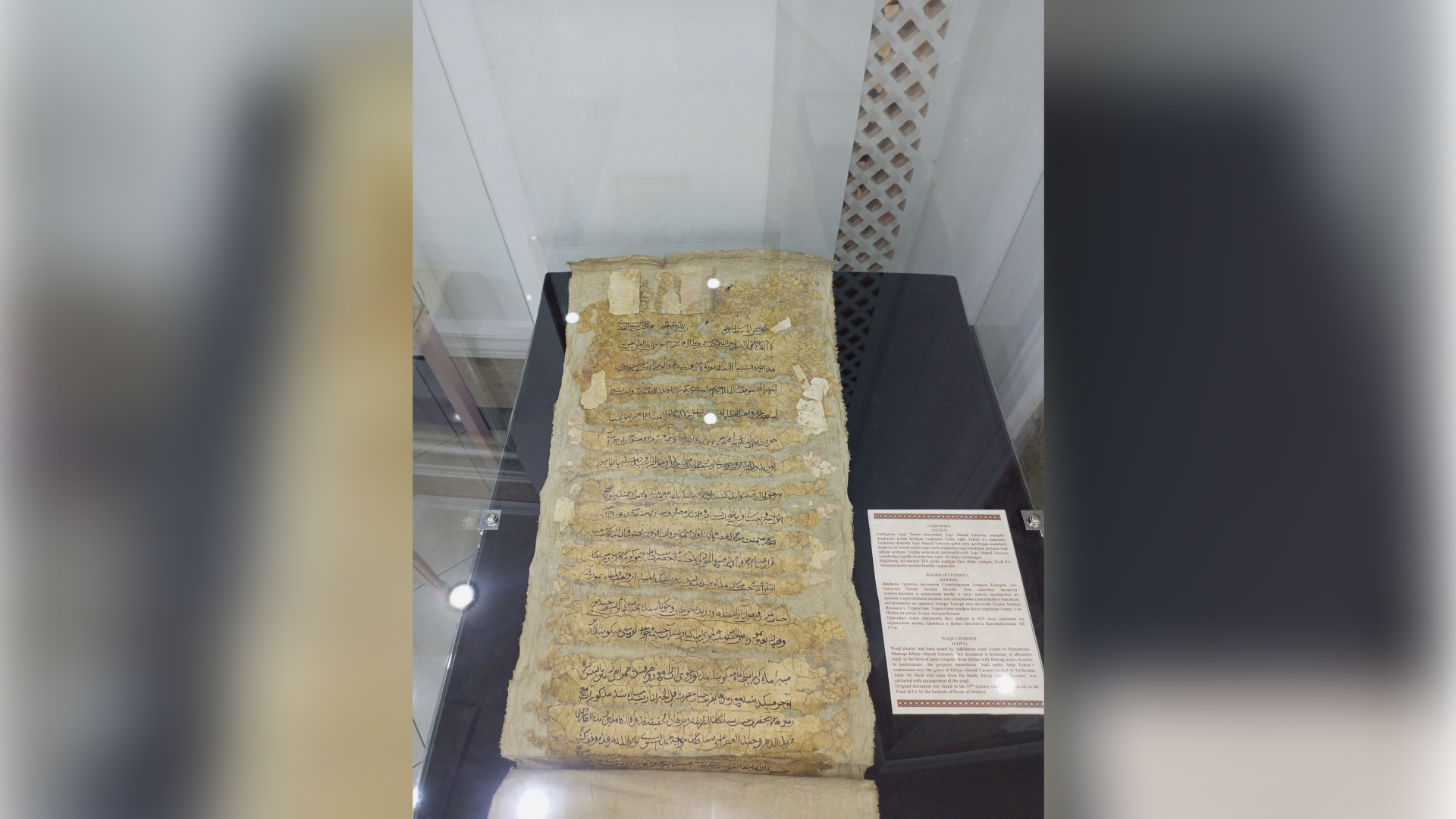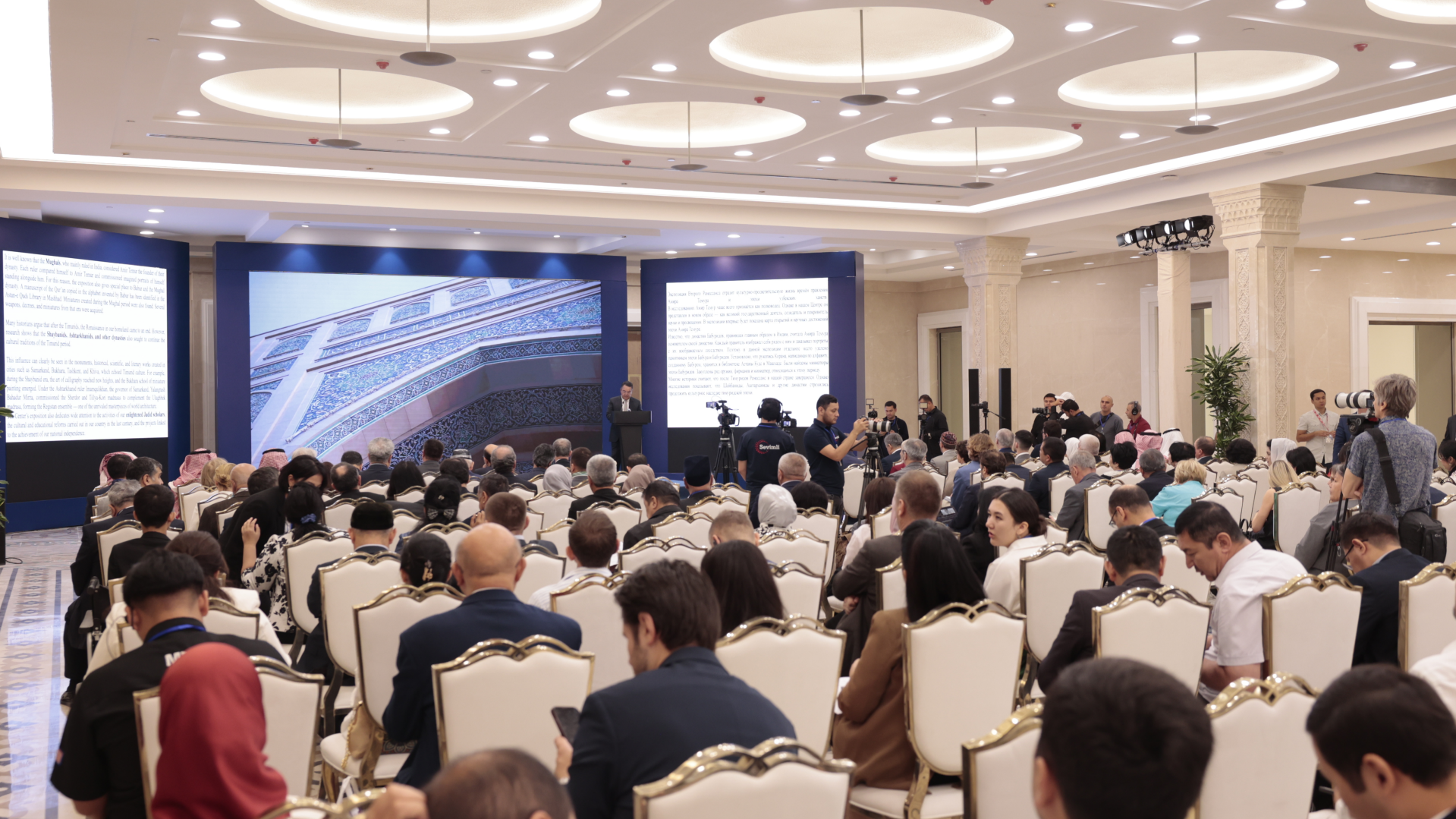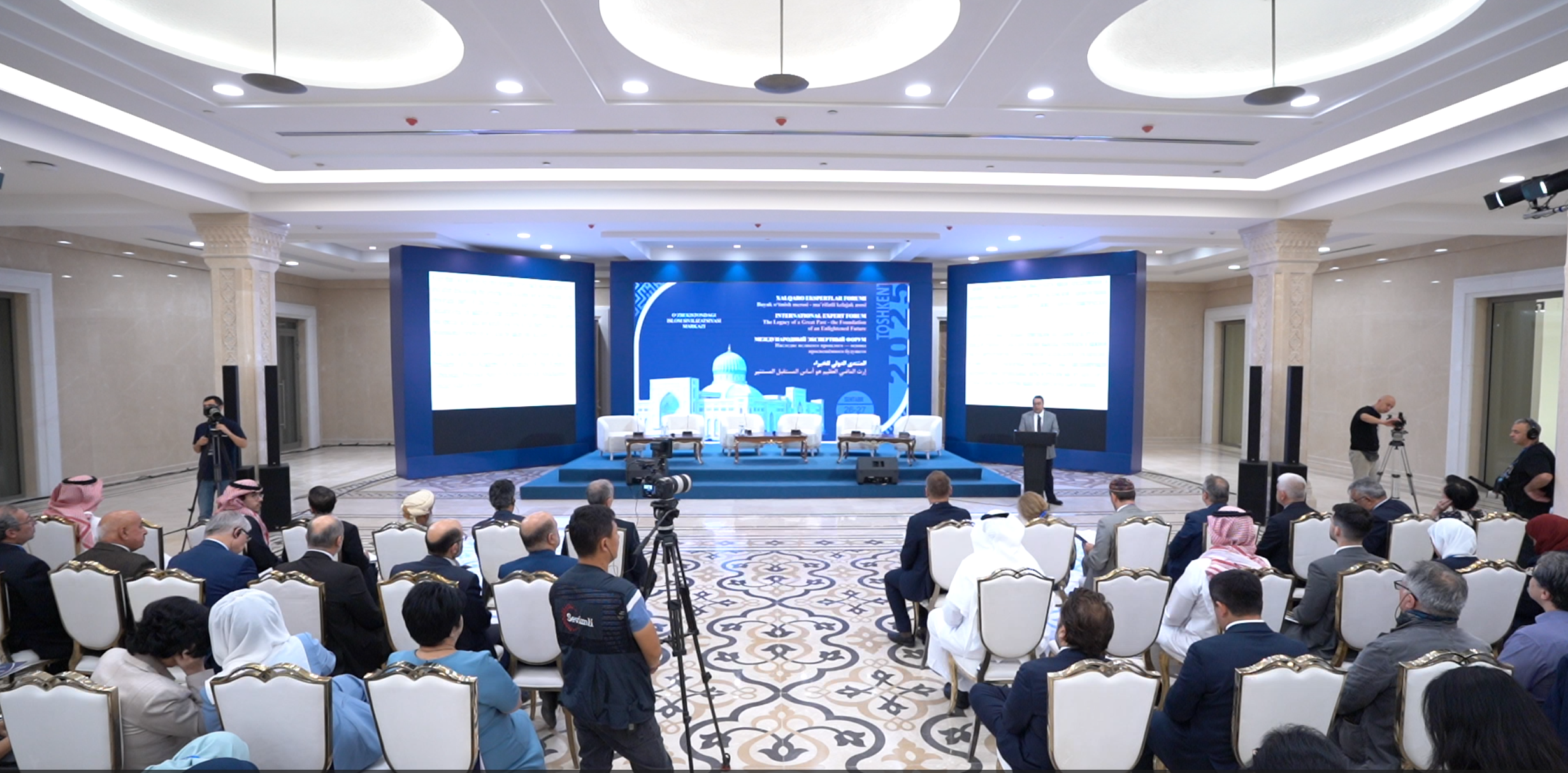A waqf that reveals the social policy of Amir Temur’s state 600 years ago
🔴 The exhibition at the Islamic Civilization Center in Uzbekistan unveils the secrets of the 14th-century social system!

In Eastern history, there exist certain documents that are significant not only for their role in governance or construction but also for laying the foundations of an entire spiritual order and cultural philosophy. One such rare relic is the waqf document associated with Amir Temur.
This manuscript has been preserved to this day in the Manuscripts Fund of the Institute of Oriental Studies of the Academy of Sciences of the Republic of Uzbekistan. The unique source is expected to be displayed in the “Second Renaissance” section of the Islamic Civilization Center in Uzbekistan. Belonging to the 14th–15th centuries, it is written in Persian, in thuluth script, using black ink on Samarkand paper. The document reflects not only legal aspects but also the harmony of moral and cultural values.
The historical essence of the spiritual document
The waqf deed illustrates Amir Temur’s deep reverence for Khoja Ahmad Yassawi’s mausoleum and his spiritual approach to social development. It precisely defines the lands, canals, and springs belonging to the shrine, as well as the rules for their use.
“During the Timurid era, the waqf system was not only a religious institution but also one of the main mechanisms of social governance. Madrasas, khanqahs, and libraries operated thanks to waqf funds,” says Dr. Abdumajid Madrahimov, Professor of History.
Research indicates that waqf documents outlined duties such as ensuring water supply, cleaning canals, creating conveniences for pilgrims, and improving roads. This demonstrates how state administration and spiritual life functioned as a single, unified system.
The idea of creation — the essence of Temur’s spirit
As recorded by Sharafuddin Ali Yazdi in Zafarnama, Amir Temur initiated the construction of Khoja Ahmad Yassawi’s mausoleum in Yasi in 1397:
“Let a dome be built — spacious and high, its walls adorned with glazed bricks and metal ornaments, and patterns inscribed upon the dome,” he ordered.
These lines reveal not only the great commander’s achievements in architecture but also his profound spiritual and aesthetic thinking. As Amir Temur himself stated, a building should not be made only of stone it must be built upon faith, knowledge, and moral values.
The eternal lesson of heritage
The waqf document of Amir Temur is not merely a historical relic; it is a written manifesto of stability, enlightenment, and public service.
Today, it stands in the museum of the Islamic Civilization Center not only as an exhibit but also as a sacred symbol glorifying human faith and the spirit of creation.
Laylo Abdukhakhkharova
P.S: The article may be republished with reference to the official website of the Center.
Most read

Over 100 experts from more than 20 countries of the world are in Tashkent!

President of Serbia Aleksandar Vučić visited the Islamic Civilization Center in Uzbekistan

The Center for Islamic Civilization – a global platform leading towards enlightenment











